Cross Country Gloves
- new
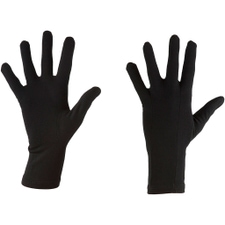 Icebreaker200 Oasis Liners Gloves Black35,95 €Available Sizes:XSSMLXL
Icebreaker200 Oasis Liners Gloves Black35,95 €Available Sizes:XSSMLXL
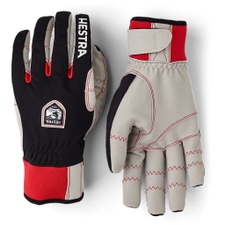 HestraErgo Grip Windstopper Race Gloves Black84,95 €Available Sizes:678910
HestraErgo Grip Windstopper Race Gloves Black84,95 €Available Sizes:678910- - 20 %
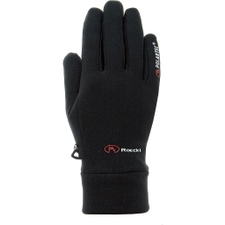 RoecklKasa Powerstretch Gloves BlackMSRP 34,95 €27,95 €Available Sizes:6,06,57,07,58,5
RoecklKasa Powerstretch Gloves BlackMSRP 34,95 €27,95 €Available Sizes:6,06,57,07,58,5 - new
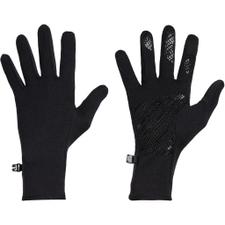 IcebreakerQuantum Gloves Black45,95 €Available Sizes:XSSMLXL
IcebreakerQuantum Gloves Black45,95 €Available Sizes:XSSMLXL
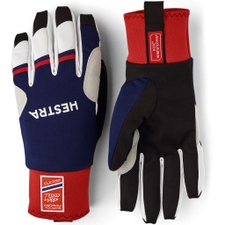 HestraWindstopper Race Tracker Gloves Navy / Red69,95 €Available Sizes:7,010,0
HestraWindstopper Race Tracker Gloves Navy / Red69,95 €Available Sizes:7,010,0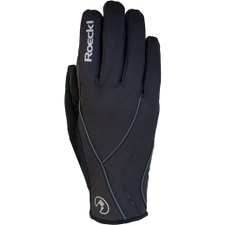 RoecklLaikko Windstopper Gloves Black59,95 €Available Sizes:10,010,5
RoecklLaikko Windstopper Gloves Black59,95 €Available Sizes:10,010,5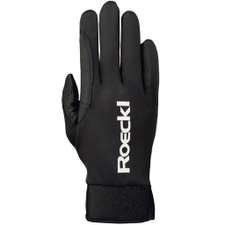 RoecklLit Windstopper Gloves Black49,95 €Available Sizes:7,010,0
RoecklLit Windstopper Gloves Black49,95 €Available Sizes:7,010,0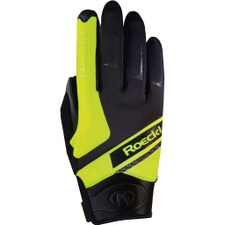 RoecklLidhult Gloves Black / Yellow54,95 €Available Sizes:7,58,08,59,09,5
RoecklLidhult Gloves Black / Yellow54,95 €Available Sizes:7,58,08,59,09,5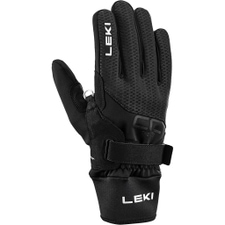 LekiCC Thermo Shark Gloves Black69,95 €Available Sizes:7,07,58,08,59,0
LekiCC Thermo Shark Gloves Black69,95 €Available Sizes:7,07,58,08,59,0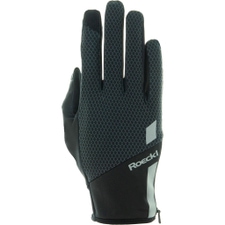 RoecklJarvis Gloves Schwarz29,95 €Available Sizes:9
RoecklJarvis Gloves Schwarz29,95 €Available Sizes:9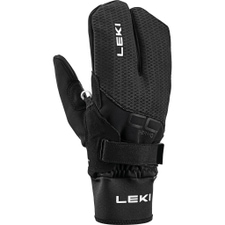 LekiCC Thermo Shark Lobster 2+2 Gloves Black69,95 €Available Sizes:7,07,58,08,59,0
LekiCC Thermo Shark Lobster 2+2 Gloves Black69,95 €Available Sizes:7,07,58,08,59,0- - 20 %
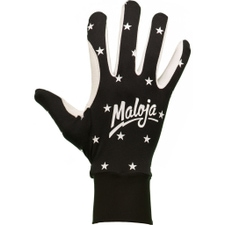 MalojaHillockM. Gloves CharcoalMSRP 54,95 €43,99 €Available Sizes:L
MalojaHillockM. Gloves CharcoalMSRP 54,95 €43,99 €Available Sizes:L - - 17 %
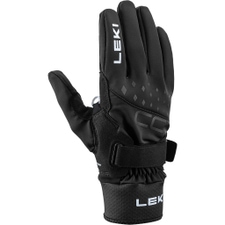 LekiCC Shark Gloves BlackMSRP 59,95 €49,95 €Available Sizes:6,06,57,07,58,0
LekiCC Shark Gloves BlackMSRP 59,95 €49,95 €Available Sizes:6,06,57,07,58,0 - - 20 %
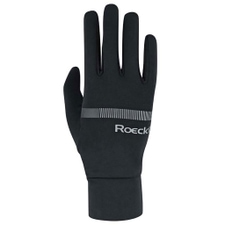 RoecklKohlberg Gloves BlackMSRP 29,95 €23,95 €Available Sizes:7,08,59,5
RoecklKohlberg Gloves BlackMSRP 29,95 €23,95 €Available Sizes:7,08,59,5 - new
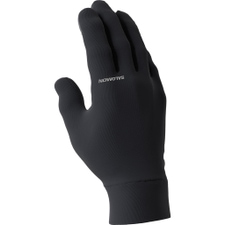 SalomonCross Warm Gloves Deep Black29,95 €Available Sizes:SMLXL
SalomonCross Warm Gloves Deep Black29,95 €Available Sizes:SMLXL 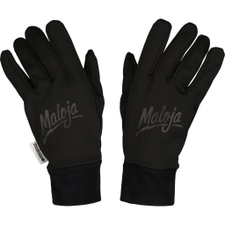 MalojaTrenchM. Gloves Charcoal29,95 €Available Sizes:M
MalojaTrenchM. Gloves Charcoal29,95 €Available Sizes:M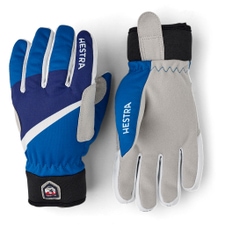 HestraTracker Gloves Brilliant Blue Print Kids49,95 €Available Sizes:4,06,07,0
HestraTracker Gloves Brilliant Blue Print Kids49,95 €Available Sizes:4,06,07,0- - 50 %
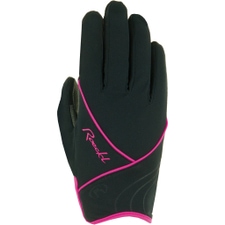 RoecklElena Gloves Black / Pink WomenMSRP 49,95 €25,00 €Available Sizes:6,06,57,07,58,0
RoecklElena Gloves Black / Pink WomenMSRP 49,95 €25,00 €Available Sizes:6,06,57,07,58,0 - - 27 %
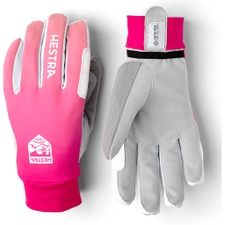 HestraInfinium Momentum Gloves Fuchsia WomenMSRP 54,95 €39,95 €Available Sizes:9
HestraInfinium Momentum Gloves Fuchsia WomenMSRP 54,95 €39,95 €Available Sizes:9 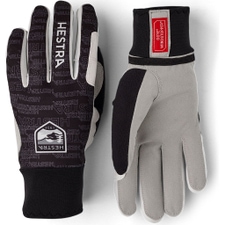 HestraWindstopper Active Grip Gloves Black Print54,95 €Available Sizes:811
HestraWindstopper Active Grip Gloves Black Print54,95 €Available Sizes:811- - 25 %
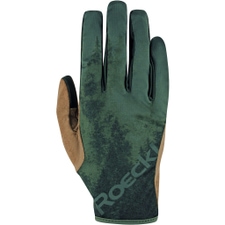 RoecklLyngen Gloves ThymeMSRP 39,95 €29,95 €Available Sizes:7,0
RoecklLyngen Gloves ThymeMSRP 39,95 €29,95 €Available Sizes:7,0
- - 27 %
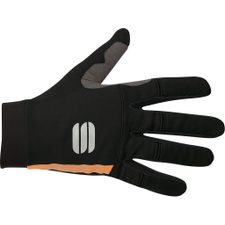 SportfulApex Light Gloves Black BlackMSRP 54,90 €39,95 €Available Sizes:S
SportfulApex Light Gloves Black BlackMSRP 54,90 €39,95 €Available Sizes:S - - 43 %
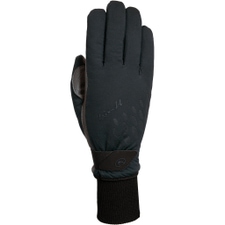 RoecklElva Gloves Schwarz WomenMSRP 69,95 €39,95 €Available Sizes:6
RoecklElva Gloves Schwarz WomenMSRP 69,95 €39,95 €Available Sizes:6 - - 25 %
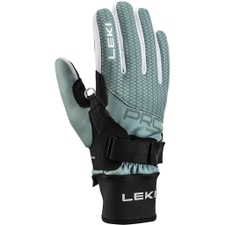 LekiPRC ThermoPlus Shark Gloves Black / Ice Green WomenMSRP 79,95 €59,95 €Available Sizes:6,5
LekiPRC ThermoPlus Shark Gloves Black / Ice Green WomenMSRP 79,95 €59,95 €Available Sizes:6,5 - - 20 %
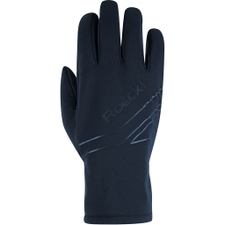 RoecklKobuk Gloves BlackMSRP 29,95 €23,95 €Available Sizes:7,07,58,59,0
RoecklKobuk Gloves BlackMSRP 29,95 €23,95 €Available Sizes:7,07,58,59,0 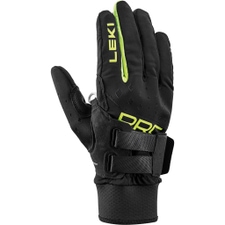 LekiPRC Shark Gloves Black / Neonyellow69,95 €Available Sizes:7,07,58,09,010,0
LekiPRC Shark Gloves Black / Neonyellow69,95 €Available Sizes:7,07,58,09,010,0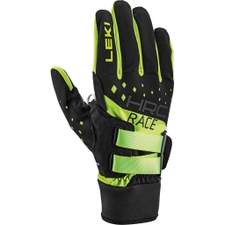 LekiHRC Race Shark Gloves Black / Neonyellow79,95 €Available Sizes:7,07,58,08,59,0
LekiHRC Race Shark Gloves Black / Neonyellow79,95 €Available Sizes:7,07,58,08,59,0- - 18 %
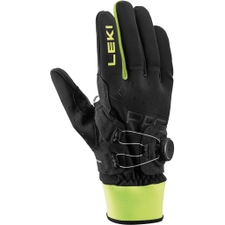 LekiPRC Boa Shark Gloves Black / Neon YellowMSRP 109,95 €89,95 €Available Sizes:7,58,08,59,09,5
LekiPRC Boa Shark Gloves Black / Neon YellowMSRP 109,95 €89,95 €Available Sizes:7,58,08,59,09,5 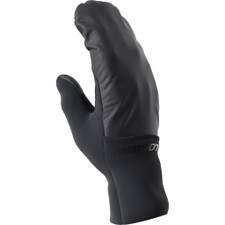 SalomonFast Wing Winter Gloves Deep Black49,95 €Available Sizes:SML
SalomonFast Wing Winter Gloves Deep Black49,95 €Available Sizes:SML- - 22 %
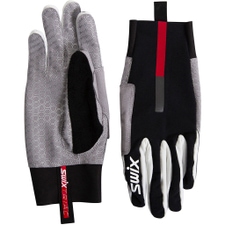 SwixTriac pro Gloves BlackMSRP 89,95 €69,95 €Available Sizes:79
SwixTriac pro Gloves BlackMSRP 89,95 €69,95 €Available Sizes:79 - - 40 %
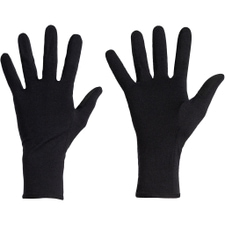 IcebreakerNew Testival Product 260 Tech Liners Gloves BlackMSRP 39,95 €23,95 €Available Sizes:XS
IcebreakerNew Testival Product 260 Tech Liners Gloves BlackMSRP 39,95 €23,95 €Available Sizes:XS
- - 33 %
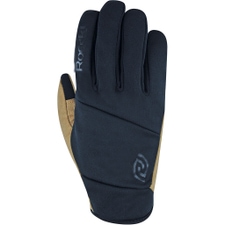 RoecklKatmai Gloves Black / CamelMSRP 59,95 €39,95 €Available Sizes:10,5
RoecklKatmai Gloves Black / CamelMSRP 59,95 €39,95 €Available Sizes:10,5
- - 50 %
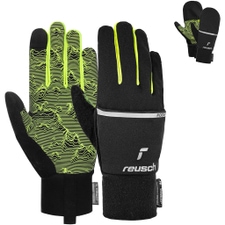 ReuschTerro Stormbloxx Touch-Tec Gloves Black / Safety YellowMSRP 34,95 €17,50 €Available Sizes:7,011,0
ReuschTerro Stormbloxx Touch-Tec Gloves Black / Safety YellowMSRP 34,95 €17,50 €Available Sizes:7,011,0 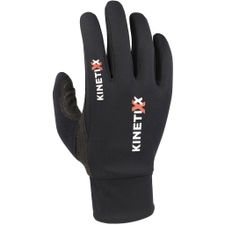 KinetixxSol X-Warm Gloves Black54,95 €Available Sizes:6,57,58,09,510,0
KinetixxSol X-Warm Gloves Black54,95 €Available Sizes:6,57,58,09,510,0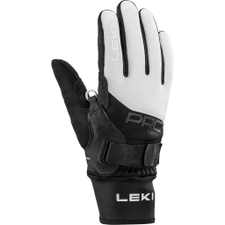 LekiPRC ThermoPlus Shark Gloves Black / White Women79,95 €Available Sizes:6,57,07,58,08,5
LekiPRC ThermoPlus Shark Gloves Black / White Women79,95 €Available Sizes:6,57,07,58,08,5- - 20 %
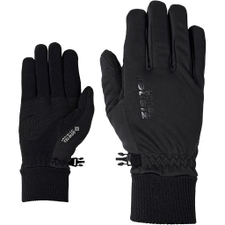 ZienerIdaho WS Touch Gloves BlackMSRP 45,95 €36,75 €Available Sizes:6,57,07,58,08,5
ZienerIdaho WS Touch Gloves BlackMSRP 45,95 €36,75 €Available Sizes:6,57,07,58,08,5
- - 25 %
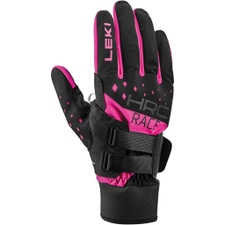 LekiHRC Race Shark Gloves Black / PinkMSRP 79,95 €59,95 €Available Sizes:7,07,58,08,59,0
LekiHRC Race Shark Gloves Black / PinkMSRP 79,95 €59,95 €Available Sizes:7,07,58,08,59,0 - - 20 %
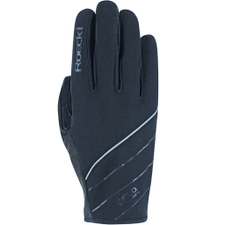 RoecklLesja Gloves BlackMSRP 34,95 €27,95 €Available Sizes:7,07,58,08,59,0
RoecklLesja Gloves BlackMSRP 34,95 €27,95 €Available Sizes:7,07,58,08,59,0
- - 33 %
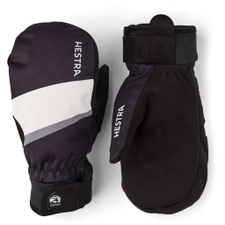 HestraTracker Junior Mittens Black Print KidsMSRP 44,95 €29,95 €Available Sizes:4
HestraTracker Junior Mittens Black Print KidsMSRP 44,95 €29,95 €Available Sizes:4 - - 17 %
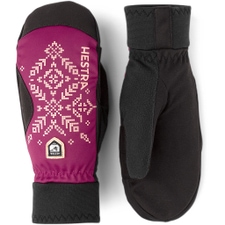 HestraXC Primaloft Mittens Bordeaux Print WomenMSRP 59,95 €49,95 €Available Sizes:89
HestraXC Primaloft Mittens Bordeaux Print WomenMSRP 59,95 €49,95 €Available Sizes:89 - - 50 %
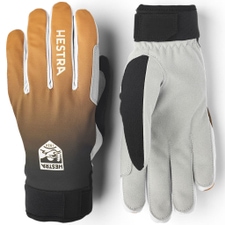 HestraXC Pace Gloves OrangeMSRP 59,95 €30,00 €Available Sizes:7891011
HestraXC Pace Gloves OrangeMSRP 59,95 €30,00 €Available Sizes:7891011 - - 20 %
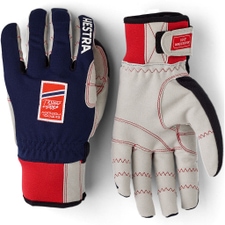 HestraErgo Grip Windstopper Race Gloves NavyMSRP 74,95 €59,95 €Available Sizes:7
HestraErgo Grip Windstopper Race Gloves NavyMSRP 74,95 €59,95 €Available Sizes:7 - - 25 %
 KinetixxFolke Gloves BlackMSRP 79,95 €59,95 €Available Sizes:7,07,58,08,59,0
KinetixxFolke Gloves BlackMSRP 79,95 €59,95 €Available Sizes:7,07,58,08,59,0 - - 22 %
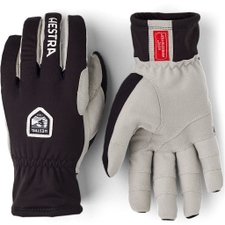 HestraWindstopper Ergo Grip Touring Gloves BlackMSRP 89,95 €69,95 €Available Sizes:7
HestraWindstopper Ergo Grip Touring Gloves BlackMSRP 89,95 €69,95 €Available Sizes:7 - - 50 %
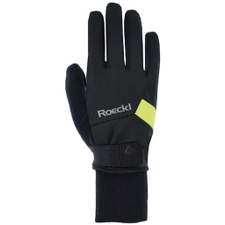 RoecklLappi 2 Gloves Black / Fluo YellowMSRP 59,95 €30,00 €Available Sizes:8,08,59,5
RoecklLappi 2 Gloves Black / Fluo YellowMSRP 59,95 €30,00 €Available Sizes:8,08,59,5 - - 20 %
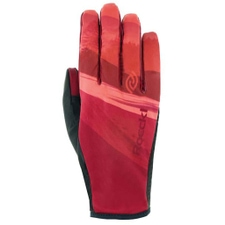 RoecklLinghem Gloves Rumba RedMSRP 49,95 €39,95 €Available Sizes:6,57,0
RoecklLinghem Gloves Rumba RedMSRP 49,95 €39,95 €Available Sizes:6,57,0
- - 32 %
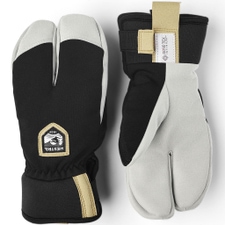 HestraWool Terry Junior Gloves Black KidsMSRP 58,95 €39,95 €Available Sizes:4,0
HestraWool Terry Junior Gloves Black KidsMSRP 58,95 €39,95 €Available Sizes:4,0
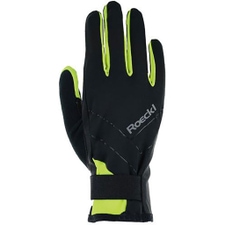 RoecklLillby 2 Gloves Black / Fluo Yellow Kids34,95 €Available Sizes:4,05,06,07,0
RoecklLillby 2 Gloves Black / Fluo Yellow Kids34,95 €Available Sizes:4,05,06,07,0- - 50 %
 HestraNew Testival Product XC Primaloft Mittens Bordeaux Print WomenMSRP 54,95 €27,50 €Available Sizes:6
HestraNew Testival Product XC Primaloft Mittens Bordeaux Print WomenMSRP 54,95 €27,50 €Available Sizes:6 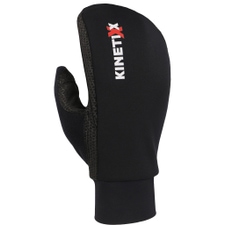 KinetixxSol X-Warm Gloves Black59,95 €Available Sizes:7,07,58,08,59,5
KinetixxSol X-Warm Gloves Black59,95 €Available Sizes:7,07,58,08,59,5 RoecklLillby 2 Gloves Black / Fluo Yellow39,95 €Available Sizes:7,07,58,08,59,0
RoecklLillby 2 Gloves Black / Fluo Yellow39,95 €Available Sizes:7,07,58,08,59,0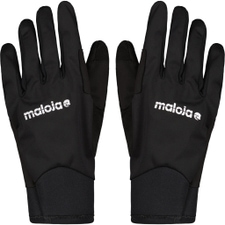 MalojaBadileM. Gloves Moonless49,95 €Available Sizes:SMLXL
MalojaBadileM. Gloves Moonless49,95 €Available Sizes:SMLXL
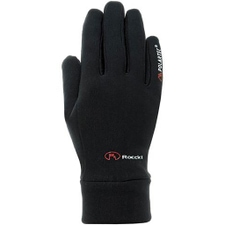 RoecklKatla Gloves Black Kids24,95 €Available Sizes:4,0
RoecklKatla Gloves Black Kids24,95 €Available Sizes:4,0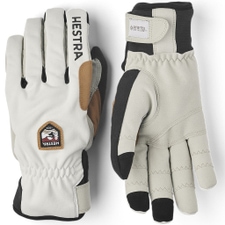 HestraErgo Grip Wool Touring Gloves Offwhite99,95 €Available Sizes:789
HestraErgo Grip Wool Touring Gloves Offwhite99,95 €Available Sizes:789- - 20 %
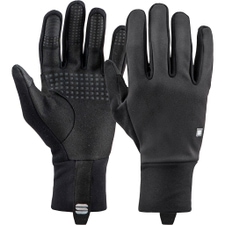 SportfulEngadin Gloves Black MenMSRP 49,90 €39,95 €Available Sizes:ML
SportfulEngadin Gloves Black MenMSRP 49,90 €39,95 €Available Sizes:ML - - 50 %
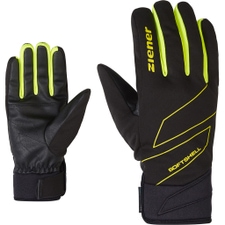 ZienerIlion AS(R) multisport Gloves Poison YellowMSRP 39,95 €20,00 €Available Sizes:6,58,0
ZienerIlion AS(R) multisport Gloves Poison YellowMSRP 39,95 €20,00 €Available Sizes:6,58,0 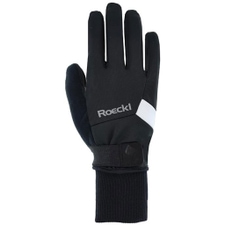 RoecklLappi 2 Gloves Black / White59,95 €Available Sizes:6,57,07,58,0
RoecklLappi 2 Gloves Black / White59,95 €Available Sizes:6,57,07,58,0- - 50 %
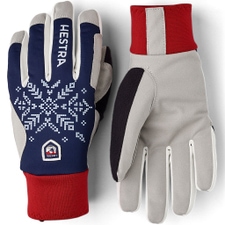 HestraXC Primaloft Gloves Dark Navy Print WomenMSRP 59,95 €30,00 €Available Sizes:9
HestraXC Primaloft Gloves Dark Navy Print WomenMSRP 59,95 €30,00 €Available Sizes:9 - - 20 %
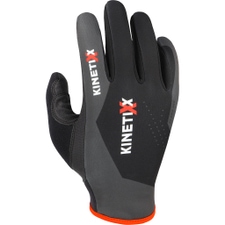 KinetixxKeke 2.0 Gloves AthleteMSRP 49,95 €39,95 €Available Sizes:6,06,57,07,58,0
KinetixxKeke 2.0 Gloves AthleteMSRP 49,95 €39,95 €Available Sizes:6,06,57,07,58,0 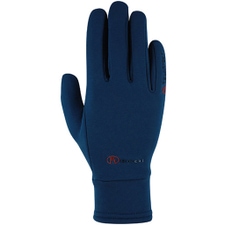 RoecklKatla Gloves Navy Blue Kids24,95 €Available Sizes:4,05,06,0
RoecklKatla Gloves Navy Blue Kids24,95 €Available Sizes:4,05,06,0 HestraWindstopper Race Tracker 3- Gloves Black69,95 €Available Sizes:1011
HestraWindstopper Race Tracker 3- Gloves Black69,95 €Available Sizes:1011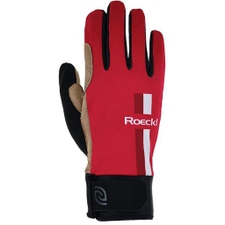 RoecklLofer Gloves Festival Red59,95 €Available Sizes:7,07,58,08,59,0
RoecklLofer Gloves Festival Red59,95 €Available Sizes:7,07,58,08,59,0
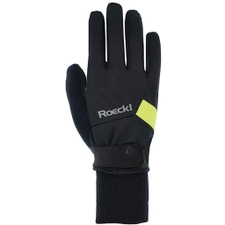 RoecklLappi 2 Gloves Black / Fluo Yellow Kids49,95 €Available Sizes:4,05,06,07,0
RoecklLappi 2 Gloves Black / Fluo Yellow Kids49,95 €Available Sizes:4,05,06,07,0- - 20 %
 SportfulEngadin Gloves Black WomenMSRP 49,90 €39,95 €Available Sizes:SML
SportfulEngadin Gloves Black WomenMSRP 49,90 €39,95 €Available Sizes:SML 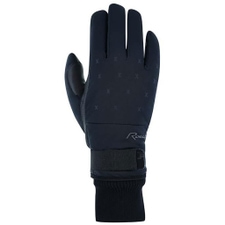 RoecklEhrwald Gloves Black Women69,95 €Available Sizes:665
RoecklEhrwald Gloves Black Women69,95 €Available Sizes:665
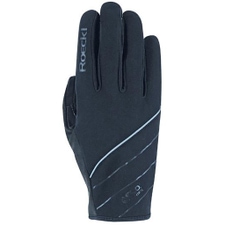 RoecklLesja Gloves Black Kids29,95 €Available Sizes:4,05,06,07,0
RoecklLesja Gloves Black Kids29,95 €Available Sizes:4,05,06,07,0
- - 25 %
 KinetixxFolke Gloves YellowMSRP 79,95 €59,95 €Available Sizes:7,07,58,08,59,0
KinetixxFolke Gloves YellowMSRP 79,95 €59,95 €Available Sizes:7,07,58,08,59,0 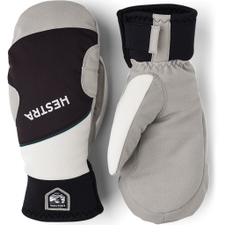 HestraComfort Tracker Mittens Black / Ivory68,95 €Available Sizes:910
HestraComfort Tracker Mittens Black / Ivory68,95 €Available Sizes:910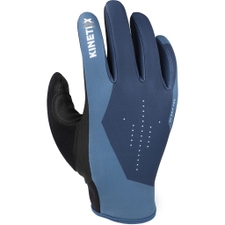 KinetixxKeke 2.0 Gloves Blue49,95 €Available Sizes:7,58,08,59,09,5
KinetixxKeke 2.0 Gloves Blue49,95 €Available Sizes:7,58,08,59,09,5- - 50 %
 KinetixxKeke 2.0 Gloves BerryMSRP 49,95 €25,00 €Available Sizes:6,07,07,58,0
KinetixxKeke 2.0 Gloves BerryMSRP 49,95 €25,00 €Available Sizes:6,07,07,58,0  KinetixxJonna 3-Finger Gloves Schwarz74,95 €Available Sizes:XSSMLXL
KinetixxJonna 3-Finger Gloves Schwarz74,95 €Available Sizes:XSSMLXL- - 25 %
 SwixAtlasX Gloves Black MenMSRP 79,95 €59,95 €Available Sizes:78910
SwixAtlasX Gloves Black MenMSRP 79,95 €59,95 €Available Sizes:78910



A good cross-country skiing glove must be able to do a lot
How convenient - when cross-country skiing, you can go on the trail with your normal winter sports clothes that you usually wear when hiking or running. But one piece of clothing is very important and should fit perfectly - your cross-country ski gloves! With the right equipment, cross-country skiing is fun for a long time, and here you can find out what you should consider when choosing your cross-country skiing gloves. We at Sport Conrad offer you an extensive range for women, men and children with different glove models for cross-country skiing.
Important features of cross-country ski gloves
You shouldn't compromise on the cross-country trail, so the gloves for cross-country skiing have to be real all-rounders. The accessory should be light and cuddly, but still robust and resistant. Also, important is the breathability, that the sweat is absorbed and still insulate sufficiently and protect you from the cold. The gloves should adhere well to your cross-country ski poles, but not restrict mobility.
One of the most important features is that the gloves must fit really tightly to the hands. In warmth, the gloves expand and if you bought the glove too big, friction can cause unpleasant blisters. As you can see, the requirements for cross-country gloves are great, and we want to help you find the perfect pair, so you can enjoy the trail without distractions.

What types of cross country ski gloves are there?
There are a few different types of cross-country ski gloves. The most common is the "racing glove", which is not padded on the palm and usually has some sort of grippy material (such as rubber) on the palms to improve traction and grip in wet conditions.
Another popular model is the "trail riding glove" or just an "all-purpose glove" that usually protects your hands better than a racing gloves, but still provides good ventilation, so you don't get too hot while riding or build up too much moisture in the glove. Many people like these gloves because they can use them off-road as well in races without having to carry around two pairs of gloves all day.
Finally, there are "winter versions" that come with an extra layer of insulation for when you need them most in colder weather - for example, when the temperature is below freezing. Cross-country gloves come in a variety of models and whether you choose a thin or thicker pair or prefer a mitten, the important thing is that you can move freely, the glove is comfortable, and you feel good with the winter sport accessory.

Which material for cross-country gloves?
As with all outdoor sports, breathable and moisture-wicking functional materials made of synthetic fiber or merino wool also prove themselves in cross-country skiing. Synthetic fiber scores with its weather resistance, breathability, is both abrasion resistant and durable. Merino wool is characterized primarily by temperature regulation. It warms in cold weather (even when damp) and cools in heat - in addition, athletes love the odor-neutralizing and self-cleaning properties of wool.
In very cold and windy weather conditions, windproof materials such as softshell are useful. Tight-fitting cuffs reliably protect you from wind and cold. If, on the other hand, you want to make it particularly robust and durable, we recommend gloves with genuine leather inserts. The palm of a cross-country skiing glove should have a good grip and be as seamless as possible to enable targeted and chafe-free pole use.
The outer and the inner hand of cross-country skiing gloves are usually made of technical textiles or leather. The material of the palm is firmer and has a rough, anti-slip surface. The outer hand is mainly made of breathable functional materials. It is important that the top of the hand, protects the hands from external weather conditions and keeps them warm. At the same time, the material must be flexible enough so that the hands are not restricted in their movement.

Hardshell vs. Softshell
• Hardshell gloves consists of three layers. The first layer is a warming inner or lining glove, the second is an insulating layer and the last layer is rounded off by a robust outer glove and optionally a waterproof membrane. The warmer and more insulating the glove, the less sensitivity you have in your fingers. Many manufacturers counteract this with the targeted use of different insulation thicknesses - but hardshell gloves are still not the first choice for cross-country skiing.
• Since the mobility of the hand is very important for cross-country skiing, it is best to use softshell gloves. They usually do without a thick insulating layer, and this offers you better freedom of movement and greater comfort on the trail. Models with an integrated membrane are breathable, windproof and sufficiently water-repellent for cross-country skiing.

What are the advantages and disadvantages of cross-country skiing gloves?
Advantages:
The advantages of gloves for cross-country skiing are the same as for many winter sports, such as winter running or trail running. They protect your hands from cold and injuries, allow you to grip objects better, prevent blisters on long rides or hikes, etc.
However, there is one advantage that sets these gloves apart from others: They have an adjustable strap on the wrist that allows you to easily adjust them as needed, without having to take off your glove to loosen or retighten it. This feature alone makes cross-country gloves an essential accessory for winter sports. Additionally, many new glove models are touchscreen compatible and are, of course, just as suitable for winter running or trail running.
Disadvantages
We don't think there are any real downsides to cross-country ski gloves - unless you've chosen the wrong size or picked a cheap product that will quickly break down with regular use.

Which cross-country glove is right for you?
This decision depends entirely on your individual performance level and your requirements. However, it is certain that cross-country skiing is an active activity and a sweaty sport. Therefore, we recommend that you avoid lined gloves and focus on breathability.
The cross-country skiing gloves should fit tightly to your hands and support you with a lot of freedom of movement. It is an advantage if the inside has enough grip and is as seamless as possible. The outside of the gloves must keep your hands warm and flexible at the same time. If your cross-country ski gloves meet these requirements, you are perfectly equpped for the trail.
With the cross-country ski gloves in our Sport Conrad store, you will always find the size chart according to the manufacturer, so you can find the right size for your new winter equipment.

Well-equipped for your next cross-country trip with sport conrad
When you're cross-country skiing, you're out in the cold winter air for a long time. It's important to keep your fingers warm. Here in the Sport Conrad store, you'll find a selection of cross-country gloves that keep out the cold, wind and wet, so you can enjoy your cross-country trip undisturbed. It is important to us to always provide you with high quality.
That's why we offer gloves from many experienced brands like Leki, Hestra, Roeckl, Gore Wear, Reusch, Ziener and Sportful.
With us and our range for men, women and children you are well-prepared for the winter and your next cross-country skiing and can take off on the trail. Find the right cross-country ski gloves in our online store and get inspired by our wide range of items made of different materials, sizes and colors.
Find out more about cross-country skiing and winter sports:
• Cross country skiing guide - Styles: classic, skating, backcountry, classic no-wax skin ski
• Cross country skiing guide: Which Equipment do you need for Backcountry?
• Cross country skiing guide: Which Equipment do you need for Classic?
• Cross country skiing guide: Which Equipment do you need for Skating?
• Merino: The allrounder among functional materials
• The right outfit for winter running